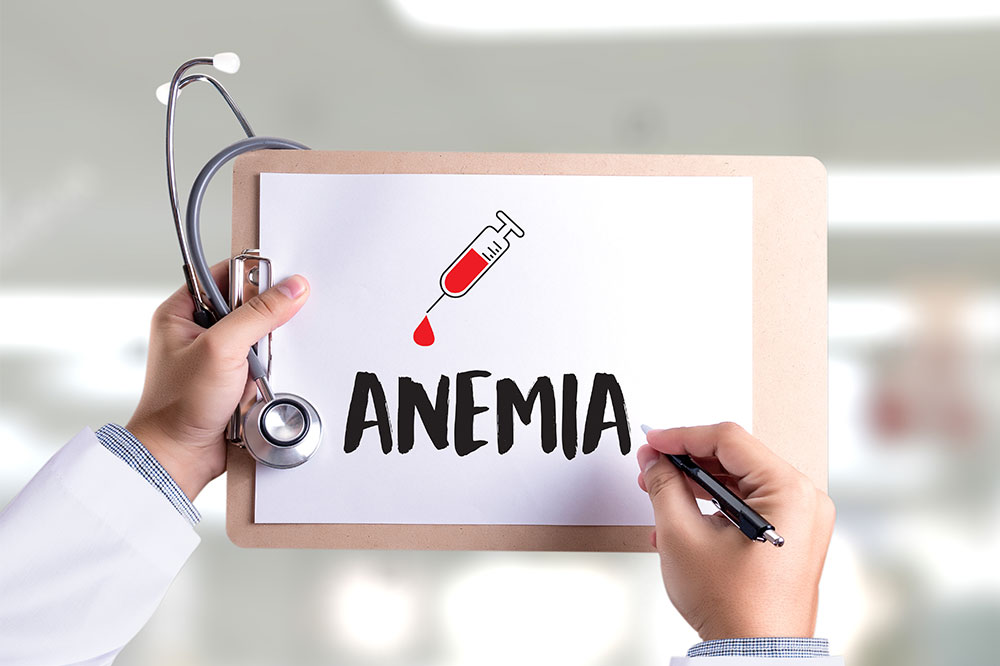Understanding anemia, a blood disorder
Many different forms of blood disorders can affect the human body. These disorders can affect the red blood cells, white blood cells, and platelets. Certain disorders can also affect plasma. The development of the diseases and their treatments depend on what kind of disorder one has. One of the most common illnesses is anemia, which affects red blood cells.
Types of anemia
Anemia causes a decrease in the number of red blood cells, which leads to pale skin, fatigue, and breathing difficulties. There are many different kinds of anemia.
- Iron-deficiency anemia
This kind of anemia is caused due to a deficiency of iron in the body, which is necessary for the production of red blood cells.

- Chronic disease influenced anemia
Chronic diseases like a kidney disorder can result in anemia, too. Some people require treatment to improve blood cell production.
- Pernicious anemia
People with autoimmune disorders or weak stomach linings may suffer from this type of anemia. One cannot absorb enough B12 from their diet, which results in this deficiency.
- Aplastic anemia
This is one of the blood disorders that results when the bone marrow fails to produce enough red cells and other blood cells.
- Autoimmune hemolytic anemia
An immune system disorder can destroy the red blood cells in the body, which causes anemia.
- Thalassemia
This is a genetic form of anemia that may not even result in any symptoms for most people while others may require regular blood transfusions.
- Polycythemia vera
This is a condition that results in the uncontrollable production of blood cells. It can cause blood clots in some cases.
Diagnosis of anemia
If suffering from any blood disorders, like anemia, and one notices its symptoms, the doctor will inquire about one’s family and medical history. After a physical examination, certain tests will be conducted as well.
- Complete blood count (CBC)
A blood sample is collected from the body to measure the blood cell count. The red blood cell counts found from the report will indicate if one has anemia.
- Red blood cell test
A red blood cell test is also done to examine its color, size, and shape.
If the tests show that one has anemia, then the doctor will perform additional tests to determine the cause of the condition. Generally, the bone marrow is analyzed for this.
Preventing blood disorders
Not all kinds of anemia can be prevented. However, according to the National Women’s Health Information Center, one can take certain preventive measures to avoid this condition. Adding iron-rich food items in one’s daily diet surely is an effective way to keep anemia at bay. Some foods that are rich in iron are tofu, green vegetables, lentils, and beans. Additionally, include food and drinks that are high in vitamin C and include folic acid and vitamin B12, too.
There are available treatments for blood disorders that can cure the disease or manage it. Hence, it is important to go for regular health checkups to make sure that it is diagnosed on time.

